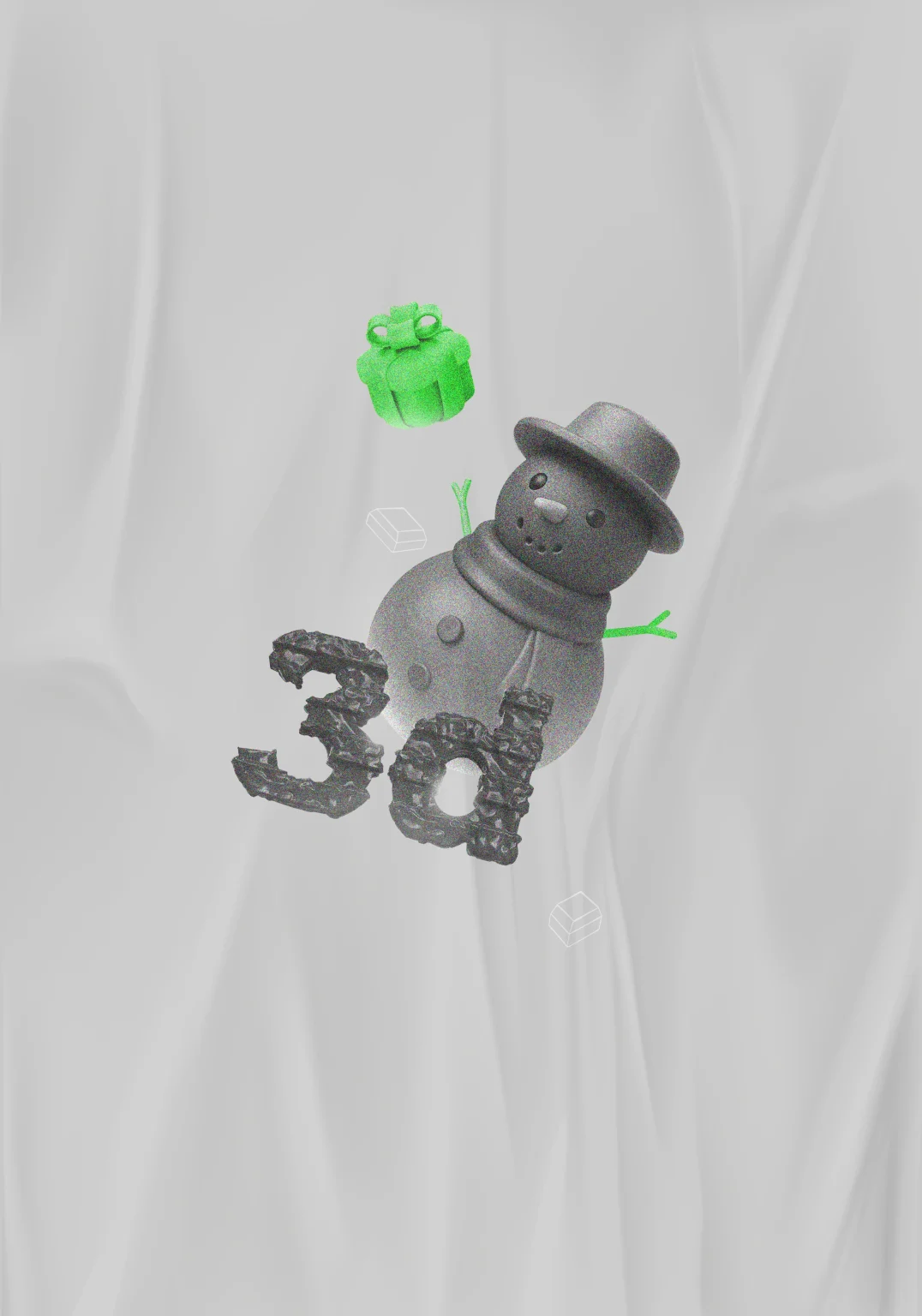Ever noticed the difference between a button that says “Submit” and one that says “Let’s get started”? One feels like a task. The other feels like an invitation. That’s microcopy.
Catchy headlines and long-form content are something that people mostly work over. But, many times, it is the microcopies that get the work done. These few words guide a buyer’s journey while building trust. It might feel like there’s too much praising going around. So, let’s take it slow and start by defining microcopy.
What is Microcopy?
Microcopy is the tiny text you barely notice across websites and apps. It’s not your headline or product description. It’s the label on a button, the note under a form, the message that pops up when something goes wrong.
In website copywriting, microcopy shows up like this:
- A signup button that says “Let’s do this!” instead of just “Submit.”
- An email subject line: “We hate spam too.”
- A warm confirmation note: “You did it! Your order is on the way.”
These small copies help users move forward with confidence, reduce confusion, and make interactions feel personal.
Importance of Microcopy
Reduces Bounce-Offs
Confusing websites make people leave. Short, helpful text like “Your password will always remain private” can reassure users and encourage them to sign up instead of leaving.
Humanises the Experience
A button that says “Let’s go!” instead of “Continue” feels more welcoming. A thought-through microcopy world in the same way to give your brand a human touch.
Builds Trust (Subtly)
Trust is built in the details. A line like “You’ll only be charged after your item ships” tells users exactly what to expect and builds trust.
Guides User Behaviour
The subtle approach of microcopy guides people toward desired actions, such as completing profiles, uploading documents, or finalising payments, which people are generally hesitant to act on.
Improves Overall Experience
Good microcopy improves user experience by making interactions smoother and adding personality. Simple messages like loading notifications or order confirmations positively impact users.
Types of Copywriting Where Microcopy Works Overtime
Website Copywriting
Microcopy finds its true purpose in elements such as navigation menus, 404 error pages, and search bars. In these areas, well-crafted microcopy plays a crucial role by adding a touch of delight.
UX/UI Copywriting
Every time a user interacts with your product interface by clicking a button, filling a form, or getting an error message, microcopy is the guide in the shadows.
Email Campaigns
The subject line and CTA button are microcopy goldmines. A subject line that says “Psst… your cart misses you” feels different from “Reminder: You left items in your cart.”
Product Descriptions
Even in long-form product pages, short bursts of microcopy like “Fits true to size” or “Ships within 24 hours” can make or break conversion.
App Notifications
Short, interesting app notifications, like one of Zomato’s, can get users more involved in your brand. Instead of “Reminder: Drink water,” imagine seeing “Still haven’t sipped today?”. It makes a huge difference.
How to Write Microcopy
Be Clear First, Clever Second
Cleverness is great, but not at the cost of clarity. A confused user doesn’t convert.
Empathise With the User
Think and write according to your target. What might confuse them? What would reassure them? Think everything through.
Use Active Language
Words like “Get started” or “Show me how” feel inviting. Avoid passive, cold terms like “Submit” or “Continue.”
Stick to Brand Voice
Microcopy may be small, but it shouldn’t sound like a different person. Whether your brand is cheeky or corporate, reflect it even in the tiniest phrases.
Test & Iterate
What feels intuitive to you might not work for users. A/B test microcopy the same way you would headlines or CTAs.
Conclusion
Long content may attract attention, but short, clear text helps people finish what they started. Even though many brands focus on long-form content, headlines and body copy, the smartest ones can say more by using fewer words.
So the next time you scroll past a sleek website, sign up for a free trial, or abandon your cart, pause. There’s a small sentence somewhere that tried to help, cheer you on, or change your mind.
If you need help with microcopy that drives action, explore our Copywriting Services crafted to make every word count.
Frequently Asked Questions
What is microcopy in copywriting?
Microcopy is the small bits of text you see across websites and apps, like button labels, form hints, error messages, and tooltips. It may not stand out like a headline, but it plays an important role in guiding users.
Why is microcopy important in copywriting?
Microcopy is important for making users feel more confident and comfortable when interacting with a brand online. It makes things clear, builds trust, and adds a personal touch to websites and apps.
How does microcopy impact user experience?
Microcopy shapes how users feel while using a website or app. It removes doubts, offers guidance, and adds a personal touch, making the experience more enjoyable.
Can microcopy improve my website’s performance?
Good microcopy helps users sign up, make fewer mistakes, and buy more. When website text is clear and makes people feel sure of themselves, they are more likely to finish what they start without getting confused.



